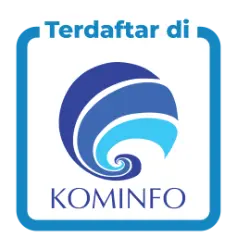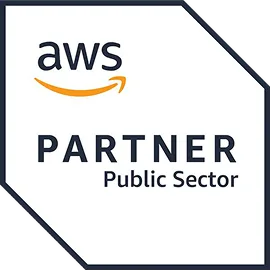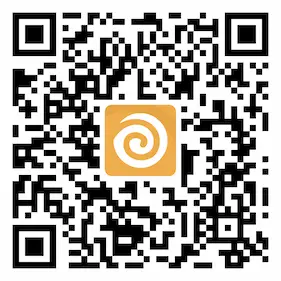Understanding the X-Ray Interview: A Transformative Tool for Indonesian Enterprises
In the rapidly evolving business landscape of Indonesia, human resource management is becoming more sophisticated, with innovative techniques being used to improve hiring processes. One such technique is the X-Ray Interview. This method, while relatively new to many Indonesian enterprises, promises to enhance talent acquisition, improve workforce engagement, and ultimately drive organizational success.
What is the X-Ray Interview?
The term X-Ray Interview refers to a layered interview method designed to penetrate deeper than traditional interviewing techniques. Rather than relying solely on surface-level qualifications or experience, the X-Ray Interview seeks to uncover the underlying motivations, values, and potential of candidates. This approach can potentially unearth critical insights about how a candidate's personality aligns with the company's culture and values.
Key Components of the X-Ray Interview
1. Behavioral Insights: The X-Ray Interview focuses on behavioral questions, asking candidates to share past experiences and how they responded in challenging situations. This method allows interviewers to gauge a candidate's problem-solving abilities, emotional intelligence, and capacity to collabourate effectively within a team.
2. Cultural Fit Evaluation: In Indonesia, where community and social harmony often play significant roles in business, assessing cultural fit is imperative. The X-Ray Interview explicitly tests how well candidates align with an organization’s mission and core values, ensuring a better long-term fit and reducing turnover rates.
3. Role-Playing Scenarios: This technique involves presenting candidates with real-life scenarios that they may encounter in their roles. By observing how candidates approach these scenarios, interviewers can gauge not only their decision-making skills but also their creativity and adaptability in the workplace.
4. Data-Driven Analysis: A modern twist on the traditional interview technique, the X-Ray Interview often integrates data analytics. By utilizing tools and assessments that quantify various competencies and personality traits, HR professionals can make more informed hiring decisions based on empirical evidence rather than gut feelings.
Benefits for Indonesian Enterprises
The implementation of the X-Ray Interview in Indonesian enterprises offers several advantages:
- Improved Talent Acquisition: By identifying candidates who are not just qualified but also culturally aligned, organizations can foster a more cohesive work environment. This alignment can lead to improved job satisfaction and retention.
- Enhanced Candidate Experience: The X-Ray Interview process can make candidates feel valued, as they have the opportunity to share their stories and perspectives. This positive experience can enhance the employer’s brand and attract top talent.
- Strategic Workforce Planning: The insights gained from X-Ray Interviews can aid in identifying not just the right candidates for today but also those with potential for future leadership roles. This foresight is crucial in a market where competition for skilled labour is intense.
Challenges and Considerations
While the X-Ray Interview holds considerable promise, there are challenges to consider. Ensuring consistency in the interview process and training HR personnel to effectively conduct X-Ray Interviews are critical steps for successful implementation. Additionally, maintaining a balance between quantitative data and qualitative insights is essential for a holistic view of candidates.
Conclusion
The X-Ray Interview is gaining traction in Indonesia's HR landscape as a method that transcends traditional hiring practices. By embracing this innovative approach, Indonesian enterprises can not only enhance their recruitment strategies but also contribute to a more engaged and committed workforce. Through careful application and consideration of cultural dynamics, the X-Ray Interview can be a game-changer for organizations looking to thrive in the ever-changing marketplace.
Back to HR Glossary Page







